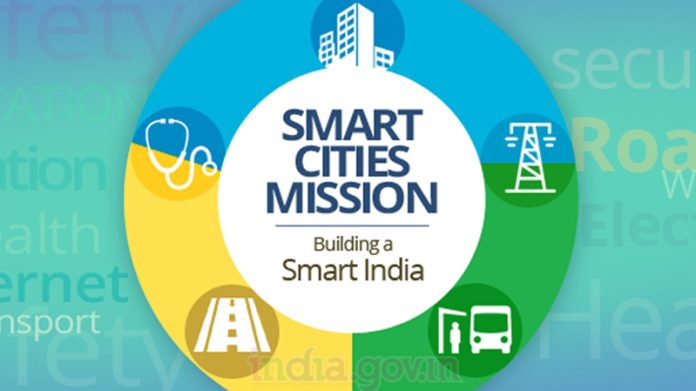The developments discussed by the Chief Secretary at the meeting of the Housing & Urban Development Department are a promising step toward ensuring a sustainable and technologically advanced urban landscape for the cities of Srinagar and Jammu. The emphasis on self-sustainability for Srinagar Smart City Limited and Jammu Smart City Limited marks a forward-looking approach to urban governance that prioritises continuity and financial autonomy in public services, especially after significant investments have already been funnelled into various smart city projects. The Chief Secretary’s directive to create self-sustaining models for SSCL and JSCL highlights a broader strategy to secure long-term benefits for both cities. These Special Purpose Vehicles have made considerable progress, executing projects worth crores and generating revenue through various assets. However, the challenge remains to build a system where these SPVs are financially viable without continuous state support.
The focus on exploring IoT-based solutions in public service delivery, focusing on essential sectors like water supply, health, and power distribution, is the way forward for sustainability. The discussion on adopting an IoT and SCADA-based Smart Water Measurement and Monitoring System for Jal Shakti is particularly commendable. In the larger context, this system would support better planning and effective decision-making by providing real-time data on water supply issues, which is crucial for a region like Jammu & Kashmir where infrastructural challenges are common. Further, the H&UDD’s collaboration with Bhaskaracharya National Institute for Space Applications and Geo-Informatics to upgrade Government-to-Citizen services in an end-to-end digital format exemplifies a progressive shift towards a more responsive government. Such innovative solutions are key to achieving the goal of “smart” cities in a practical sense, where the public experience is efficient, transparent, and reliable. By integrating sustainable models and advanced technological tools into urban management, Srinagar and Jammu can emerge as exemplars of modern city planning. These steps hold the promise of a more resilient, self-sustaining urban ecosystem that can meet the evolving demands of citizens while remaining financially and operationally independent. All these targets are achievable with a sustained focus.
Trending Now
E-Paper


